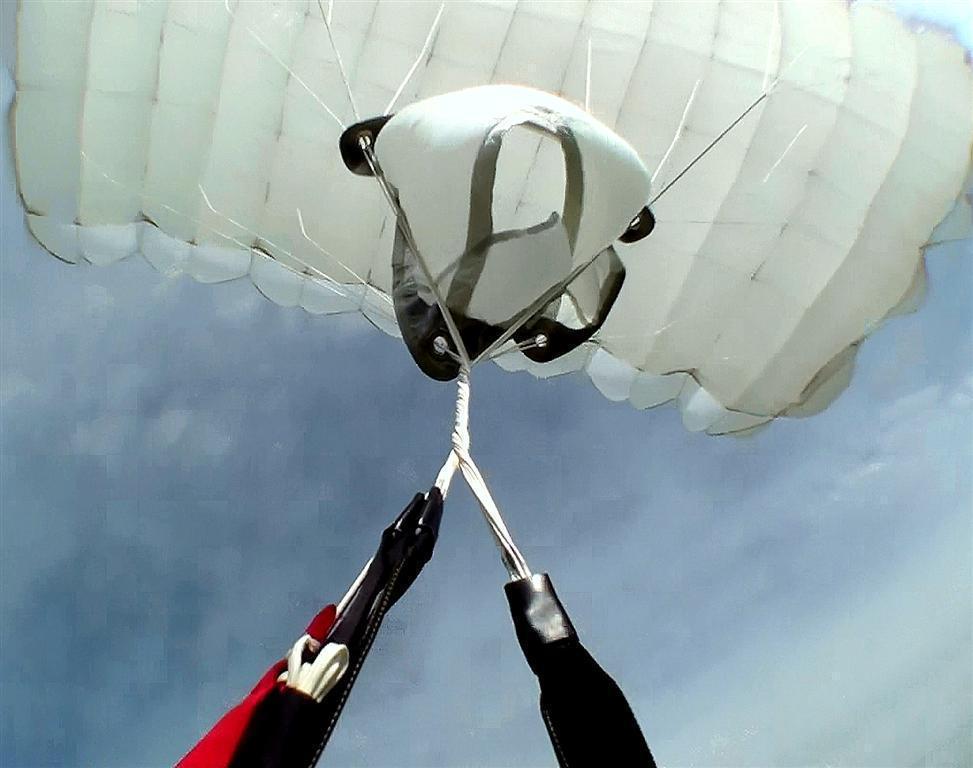Leaderboard
-
in all areas
- All areas
- Adverts
- Advert Questions
- Advert Reviews
- Videos
- Video Comments
- Blog Entries
- Blog Comments
- Images
- Image Comments
- Image Reviews
- Albums
- Album Comments
- Album Reviews
- Files
- File Comments
- File Reviews
- Dropzones
- Dropzone Comments
- Dropzone Reviews
- Gear
- Gear Comments
- Gear Reviews
- Articles
- Article Comments
- Article Reviews
- Fatalities
- Fatality Comments
- Fatality Reviews
- Stolen items
- Stolen item Comments
- Stolen item Reviews
- Records
- Record Comments
- Record Reviews
- Help Files
- Help File Comments
- Help File Reviews
- Events
- Event Comments
- Event Reviews
- Posts
- Status Updates
- Status Replies
-
Custom Date
-
All time
January 20 2016 - August 13 2025
-
Year
August 13 2024 - August 13 2025
-
Month
July 13 2025 - August 13 2025
-
Week
August 6 2025 - August 13 2025
-
Today
August 13 2025
-
Custom Date
12/28/2020 - 12/28/2020
-
All time
Popular Content
Showing content with the highest reputation on 12/28/2020 in all areas
-
2 pointsOh, yes. I'm aware. I wanted to write it in a way that hit home with certain consumers of the Q nonsense, who may fit the description. Just trying to get people to think for themselves. Take a look in the mirror, reflect (no pun intended) on a whole-of-life experience, and start to apply a little basic logic. Either this whole "deep state" idea fooled the rest of us who work in the government (and in intelligence specifically), or it was the best, most elaborately planned, and best kept secret in the history of this country. Or, that's all bullshit, and a good portion of the country has fallen victim to this prank. Pretty sure Option 2 is the answer under Occam's razor.
-
2 pointsNot that you can what? https://www.facebook.com/watch/?v=604223603652353 (joke)
-
1 pointHi John, What legacy? Oops, excuse me; The Worst POTUS In Our History. Hey, somebody has to have that title. Jerry Baumchen
-
1 pointThe name Ronan Candle was given to a pure sik canopy used for the first chutes and when due to dry weather the Canopy would not open properly, due to static electricity produce sparks within the "streamer" lighting it up, which obviously could be seen in the dark. Modern Canopies are nylon and does nog produce static electricity, so it will not light up. Factually we haven't seen Roman Candles for many years gone past.
-
1 pointForearm mounted alt is don’t work for those needing a lot of drag from loose fabric on the arms. A hand mount where you put the finger loop only through your index finger (a smaller than normal finger loop might help) and placing the alti more toward the thumb improves visibility without requiring so much rotation of the hand. I say getting an audible alti is a good idea even if you accept the concept of needing to be more alti aware before using it for break off indication. You can program the audible to give you only the lowest warning-reminder you don’t have time to try and fix it. I see no harm in that.
-
1 pointFound this in the Category C Intro in the SIM, which is in-line with what I'm hoping to do; Crossover students to AFF who have completed Category B in the IAD and static-line program will need additional training on the AFF climbout, set-up, and count; AFF freefall communications; use of the altimeter in freefall; and the main parachute deployment device, including deployment device malfunctions. IAD and static-line students may make the first jump in this category with one AFF Instructor on the recommendation of the USPA IAD or Static-Line Instructor and with the concurrence of the USPA AFF Instructor. Is it spring yet???? Tim
-
1 pointAltimeters can be worn on the forearm so you can more easily see them under canopy, especially for swooping for example. This is also a point for analog vs digital display (regardless of what's inside), digital is required for swooping as it offers more precision than a gauge. Regarding question #2, discuss it with your instructor. Audible should not be your main source of altitide awareness, it can and will fail. In my humble opinion, you should start using one only once you can be fully comfortable without it and pull at the intended altitude.
-
1 point
-
1 pointif it were me in your situation, i would do the iad up to at least the 2d or 3d freefall jump, 10 second delay. if you're getting it quickly, stay there and finish. if it takes you a bit to get stable, like it did for me and a couple of others at my dz, go to the aff and they'll probably start you at cat c or d, maybe b, depending on what you've gotten done so far. if that all happens and you get through with no repeats, you should have 12-16 jumps (not too sure about the aff dive flows). that leaves you some coached jumps or jumping with a d license holder until you get your license. of course this is all speculation. i have never seen you jump, nor do i know where you are, let alone if they will even do this. i do know that learning to skydive with a tight landing area is better in the long run, provided you don't get hurt first. ours is about 2600' x 300' (the size of the grass strip with about 100' on each side of it) with a river, trees, powerlines, and lots of buildings surrounding it. they had to have a waiver to train students, and a training tandem is required first. every now and then we have a student hit the fence. i did once when a gust blew me way off course at about 200' on final. almost made it over, but i had to do a plf off the top rail. i made the mistake of doing a lot of jumps as the extra seat on a tandem load out of a 182 and lost some of my formation skills i wasn't very good at in the first place. be careful and don't do that. also, when they teach you how to plf, practice that a lot more often than they make you, since it will save you from an injury at some point. they taught us plfs in airborne school for the first week. in a first jump course, it usually lasts for a half hour or so. i'm not gonna say much about it, since you don't need to learn how to skydive on the internet. the main thing is to roll and keep your feet and knees together, they don't have to look pretty. i wrote an article on plfs here. don't over think it, listen to your instructors, and prepare for a plf every time you land (that way, if you're going slow enough you stand up, if not, no injuries) and you'll be fine. welcome to the family.
-
1 pointI like your thinking, but unfortunately it’s not that a DZ will be upset that you’re going to the competition, it’s more that the training sequence in each case is a series of steps that builds on the last. It’s not impossible or unheard of, but you’ll lose some ground and pay more probably. I think your concerns and considerations are entirely valid and ones to think about. Hopefully someone local to you that jumps at those DZ’s will weigh in. This deserves a good discussion. In part it depends on your learning style; AFF is more just-do-it, while IAD is more incremental. But it’s so dependent on the dz culture and instructional staff — that makes a difference too. Wendy P.
-
1 pointChristmas morning and a Friday. In front of a major ATT switch facility. Communications in large areas knocked out. Perhaps part of a major theft attempt while alarm systems are down?
-
1 pointNice, welcome back! Get 10 minutes of block time at an iFly tunnel if you can!
-
1 point
-
1 point
-
1 point
-
1 pointI trained thousands of SL students. When Tandem came along we thought SL would dry up, and it was interesting to compare the reactions between the SL jumpers and the Tandem ones. Of course the tandems had experienced freefall, but the SL students seemed to be prouder of their jumps because they had done it themselves, alone. And the Tandem students actually appeared to be a bit jealous of that. As for progressing to FF, I had many SL students do 25 jumps and achieve their A licence within a week, when the weather co operated. I once trained a group of 70, weekday evenings, in split classes, which we got out the door on one weekend. That was just 2 of us, doing the whole job, including packing. How long would it take to train that many to do AFF? And yes, a lot only ever did the one jump, but at one stage, the NZPF secretary told me I had produced 25% of all A licence holders in the country. A lot of those students went on to become Jumpmasters, Instructors and Tandem masters. At least 5 operations were started by ex students of mine. The most difficult part was drinking all the beer those students fronted up, with post jump.
-
Newsletter






